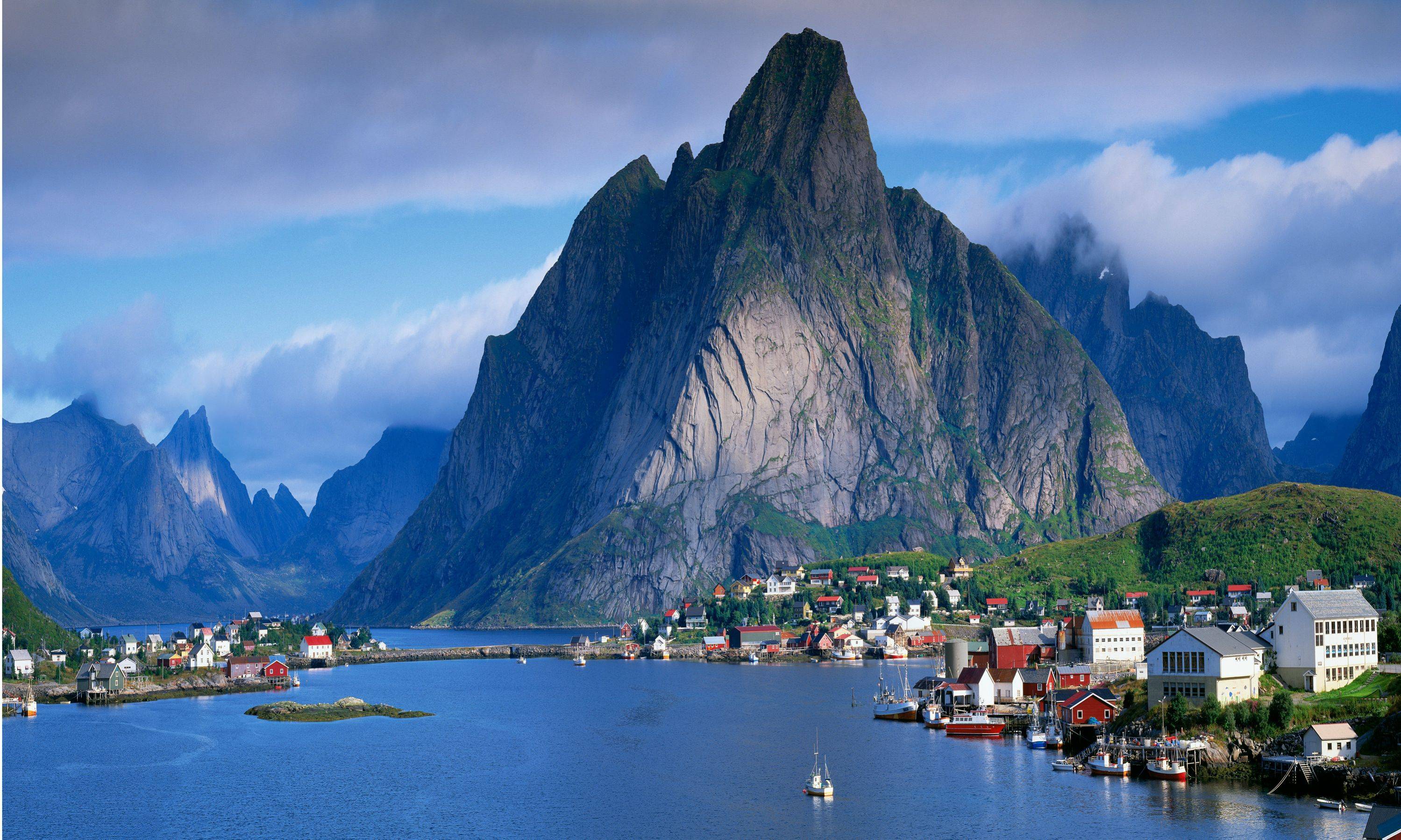 |
| Norway [ picture taken from http://www.pointsandtravel.com/] |
Norway is not only one of the best places to live, it's one of the best places to be a journalist. In the 2014 Reporters Without Borders [2] report, which charts press freedom worldwide, Norway ranked 3rd, placing only behind Finland and Holland. It's a country that takes its media freedom - both for journalists, and from journalists - very seriously. The Norwegian Media Authority is the watchdog, tasked with keeping the country's media in line. Additionally, most of the country's publications are signed up to the PFU, the Norwegian Press Complaints Committee, which is a set of editorial guidelines much akin to the UK's newly-implemented IPSO.
 |
| Press Freedom Map [picture taken from http://rsf.org/] |
In terms of printed media, Norway has a wide variety of newspapers [3], ranging from the tiny Osterdolen (circulation of 826) to the country's largest publication, the Aftenposten (circulation of 214, 026). It even has a small number of Sami-only newspapers, printed in the language of the country's indigenous people. The government offers a lot of assistance - it hands out production grants, with more money being allocated to the bigger papers, and doesn't tax the papers' publication. Like most other countries, newspaper sales are falling - in 2003, the tabloid Verdens Gang reported a circulation of 380,000, and in 2013 its circulation was just over half that, coming in at 164,430.
This decline is indicative of the general shift to online news. Norway is ranked 5th in the world for smartphone usage [4], and many people are choosing to access new on the go as opposed to purchasing a paper. Many publishers have successfully gone online, with some discontinuing their printed editions. There are even some highly successful online-only news outlets - the Oslo Times is Norway's most popular news source, of all the printed and online publications.
 |
| Norwegian newspaper stand [picture taken from http://i.usatoday.net/news/] |
Television in Norway is also hugely popular, with many popular channels on air. The NRK, effectively Norway's BBC, owns most of the more popular ones, with NRK 1, 2 and 3 enjoying 42% of the total viewership in 2012. Programs are often aired in English, with Norwegian subtitles, given that English is the main language for most of the population. Norwegian TV is kept in line by a strict set of regulations - for example, adverts selling products to children and adverts seeking to politically influence people are explicitly illegal.
Other forms of media, such as radio and social media platforms, also enjoy a large amount of success in Norway [5]. The country's Facebook penetration - the population-to-user ratio - is the highest in the world, at 61.1%. Additionally, LinkedIn, widely considered the best platform for journalists to publish on, is among the top in terms of usage, with its 25% considerably higher than most other countries (the UK only has 9% penetration). This demonstrates Norway's thriving media culture, with many of the more blogging-orientated sites seeing more use than those of a social nature.
 |
| Social media conference [http://www.marismith.com/] |
Media, of all forms, is thriving in a country which is enjoying considerable success in most areas. Online growth is likely to continue, and, with newspaper sales evening out, the print press might see gains in the near future. It may even rise to second or third on the Freedom Index, as it has seen more growth in recent year than either of the top two. It would seem that the future is bright, for not only the writers and media, but Norwegians of all kinds.
______________________________________________________________________________
[1] Guardian, European countries dominate in global prosperity rankings
http://www.theguardian.com/news/datablog/2014/nov/03/european-countries-dominate-in-global-prosperity-rankings
[2] Reporters Without Borders, 2014 Press Freedom Index
http://rsf.org/index2014/en-index2014.php
[3] Circulation of Norwegian newspapers
http://medienorge.uib.no/english/?cat=statistikk&medium=avis&queryID=190
[4] Google, Mobile Planet
http://think.withgoogle.com/mobileplanet/en/
[5] Social Users in Norway smile for Snapchat and Instagram
http://www.emarketer.com/Article/Social-Users-Norway-Smile-Snapchat-Instagram/1010534
No comments:
Post a Comment